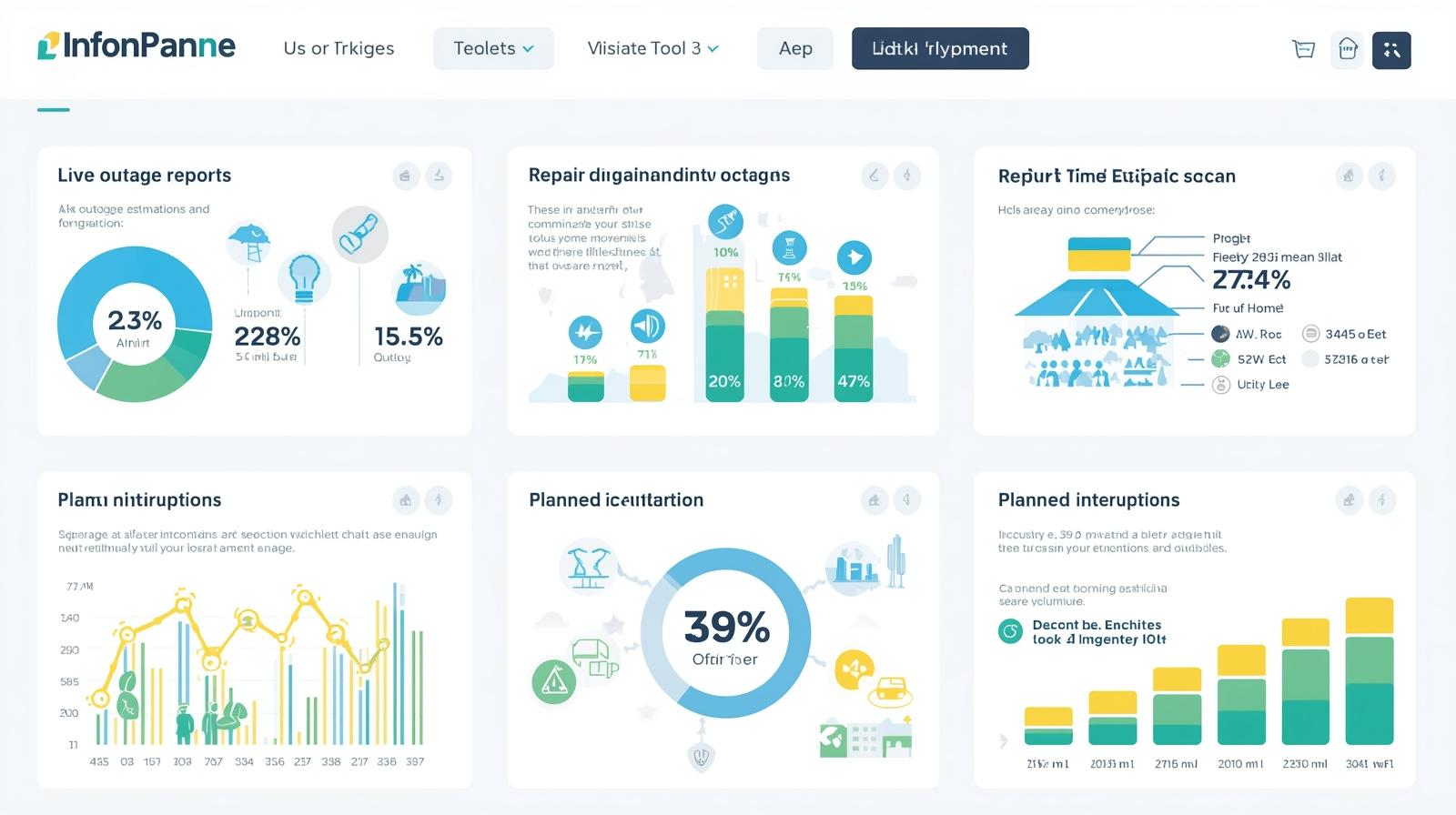It’s critical to connect batteries correctly. This ensures the right voltage and capacity in many applications. These include DIY projects, electric vehicles, and renewable energy systems. Understanding how to connect batteries in series or parallel is integral. This guide covers its principles and pros and cons. Then, it gives safe, step-by-step instructions.
We are understanding Battery Connections. Before we discuss how to sync batteries in series and parallel, we must understand some basics. These include capacity, voltage, and battery configuration.
Voltage and Capacity
Voltage is the electrical potential difference between two points, often measured in volts (V). Every battery has a nominal voltage. It’s 1.2V for NiMH batteries, 2V for lead-acid batteries, and 3.7V for lithium-ion ones.
Capacity: Measured in amp-hours (Ah), capacity indicates how much energy a battery can store and deliver over time. For example, one with 100Ah could provide 100 amps for one hour; 50Ah could deliver 50 amps over two hours.
Series Connection
In a series connection, batteries’ voltages are added, but their capacity stays the same. For instance, connecting two 12-volt batteries would result in 24V (12 + 12) while maintaining 100Ah capacity.
Parallel Connection
In a parallel connection, voltage remains consistent while capacity increases. For example, connecting two 12V, 100Ah batteries in parallel will keep the same voltage and double the capacity to 200Ah.
These principles will help you choose the correct configuration for your needs. Consider Advantages and Disadvantages.
Advantages of Series Connections
Higher Voltage: Connecting batteries in series increases voltage. This is ideal for high-power applications.
Simplicity: Series connections are better. They need fewer links and less space than parallel ones.
Disadvantages of Series Connections
Maintenance: Regularly checking each battery to balance Series Connections can be time-consuming.
Advantages of Parallel Connections
Increased Capacity: Parallel connections boost capacity without raising voltage. This gives longer runtimes.
Redundancy: Parallel connections offer redundancy if one battery fails, ensuring more excellent reliability. But they have drawbacks. More connections are needed for parallel setups than for standalone batteries. Also, extra cables are needed to connect each battery separately. However, this complexity increases efficiency. Setting up parallel connections can take more time. It can also create new obstacles to achieving reliability.
Voltage Consistency: Batteries in parallel must have the same voltage. This avoids issues that could complicate their selection and installation. Safety Precautions
Before connecting batteries in parallel, follow safety guidelines to limit risks.
Always Use Similar Batteries: For series and parallel connections, use batteries of the same type, capacity, and voltage. Mixing batteries could cause imbalances that lead to damage.
Wear Protective Gear: Always wear gloves and goggles when handling batteries. They protect against acid spills and other hazards.
Ventilated Space: When handling lead-acid batteries, work in a well-ventilated area. This avoids the buildup of harmful gases.
Use proper tools and connectors for battery apps. They prevent short circuits when connecting multiple batteries in series.
To connect batteries in series, link the positive terminal of one to the negative terminal of another. Follow these steps: (Step 1) Gather materials. (Step 2) Locate your terminals. (Step 3) Connect them.
Accumulate Materials. (2-3 Batteries of the same type, voltage, and capacity), insulated connectors/battery cables, and a multimeter. Use insulated connectors for safety. The multimeter measures voltage. [STEP 2] Locate Terminals. ] (Step 2): Locate The Terminals
Connect the Batteries Each battery has two terminals: positive (+) and negative (-). Ensure they are correctly identified before proceeding.
Plug In Your First Battery
Take one battery from your stack, locate its positive terminal, and connect it as quickly as possible with the second. (Take Note that only positive terminals need to be connected). (For your safety, if anything should go wrong! ). 5.5 Step 5: Charge Your Next Set Of Batteries For More Independence).
Attach the Second Battery: Use an insulated connector. Join the positive terminal of one battery to the negative terminal of the second one.
Continue Connecting: If using this method for multiple batteries, follow this pattern: connect the positive terminal of one battery to the negative terminal of another in sequence.
Final Connection: Once connected, use the remaining terminals – negative of one battery and positive of another battery – as output connections. Step 4: Measure Voltage
Use a multimeter to check the total output voltage across output terminals – it should match up with the sum of individual battery voltages. Step 5: Secure Connections
Ensure all connections are tightly and securely attached to prevent voltage drops or loose connections that could lead to the failure of paralleling batteries in a parallel configuration. 7.1 Connecting Batteries in Parallel
Parallel connections involve connecting all positive and negative terminals, similar to series connections. Here is how it’s done:
Gather Your Materials
Like series connections, parallel connections require gathering your materials first. You will need two or more batteries of the same type, voltage, and capacity. Also, you will need insulated connectors, battery cables, and a multimeter to check the voltage.
Locate Terminals
Connect All Positives: Connect each battery’s positive terminal to the next. Do this until all positives are connected. Do this for each battery you own until all positive terminals are joined together.
Connect All Negatives: As with the positives, connect the negative terminal of one battery to that of the second. Do this for each additional one.
Final Connections: Use any free terminal from any battery as output.
Measuring Voltage
Use a multimeter to check the voltage at each terminal. It should match a single battery. If not, it is constant with a parallel arrangement.
Securing Connections / Capacitors / Arresters (optional).
Be sure that all connections are tight and secure. Loose connections can cause voltage drops and pose potential hazards.
When to Choose Series Vs Parallel Connections
Your choice between series and parallel connections depends on your needs. If so, choose series connections when:
Devices like electric motors or lights need a higher voltage. But, your battery system has enough capacity. Parallel charging may extend run times without increasing voltage output.
Your goal should be redundancy: when one battery fails, the entire system still operates effectively.
Importance of Reliable Custom Lithium-Ion Battery Suppliers. In today’s market, finding reliable lithium-ion battery suppliers is crucial. Their batteries are lighter, more efficient, and last longer than lead-acid ones. When choosing batteries for your projects, use reliable custom lithium-ion suppliers. They should meet your needs and deliver perfectly fitting batteries.
These suppliers provide batteries in various types, voltages, and capacities to meet any need. Their expert staff can guide you in choosing options that fit your needs.
Batteries can be connected in series or parallel. This can greatly affect electrical systems. So, it’s vital to understand the principles, pros, cons, and best practices for battery setups.








